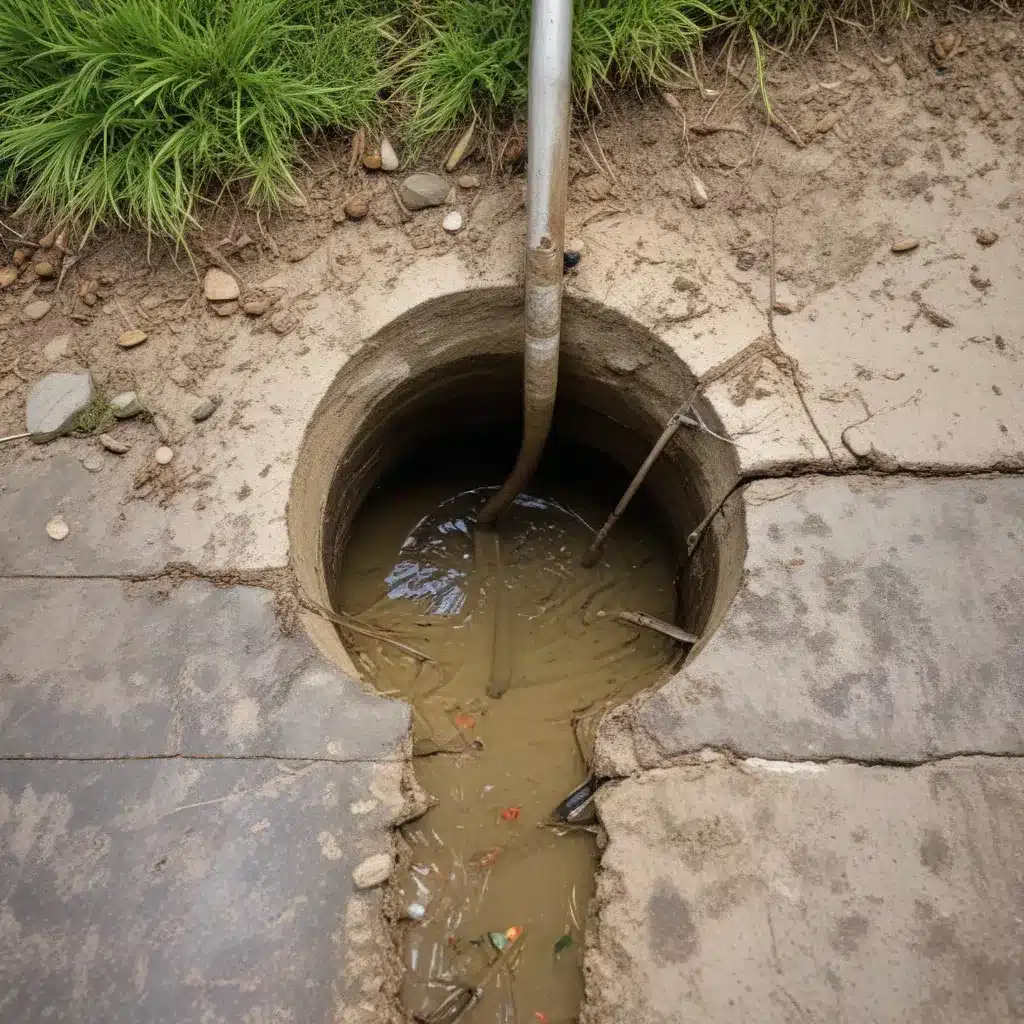
Drain Clogging Prevention Strategies
Whether it’s a kitchen sink, bathroom drain, or floor grate, clogged drains can be a real headache for any homeowner. From standing water to foul odors, a blocked drain can quickly turn a pleasant home environment into a nightmare. Fortunately, there are several proven strategies to prevent drain clogs before they even happen.
One of the most effective clog prevention methods is to identify and eliminate common clogging culprits. In the kitchen, grease, food scraps, and fibrous waste like pasta or rice are typical offenders. In the bathroom, hair, soap scum, and beauty products like makeup or cotton swabs can gradually build up and obstruct drains. Knowing what materials tend to cause clogs allows you to be more vigilant about properly disposing of them.
Along with identifying problem materials, implementing effective drain protection measures is key. Installing mesh or screen covers over sink and tub drains can catch large debris before it enters the pipes. Regularly using a drain snake or plumber’s tool to pull out accumulated gunk can also go a long way in keeping your drains flowing freely. For added peace of mind, you may even consider investing in a drain hair catcher or enzyme-based drain cleaner to maintain clear, odor-free pipes.
Optimizing Drain System Design
Of course, proper drain maintenance is only half the battle. The initial design and installation of your drainage system plays a critical role in long-term performance as well. When planning a bathroom renovation, kitchen update, or loft conversion, evaluating the underlying drainage dynamics is essential.
Start by assessing the size, slope, and layout of your pipes to ensure optimal flow rates and drainage capacity. As a general rule, wider-diameter pipes (at least 1.5 inches) with gentle gradients are preferable to narrow, steeply-angled alternatives. This helps prevent clogs and backups by allowing water to move through the system quickly and efficiently. Learn more about optimizing your drainage system on ABC Home’s plumbing guide.
Material selection is another important consideration. Durable, corrosion-resistant piping like PVC or ABS plastic is generally more reliable than older metal options. These modern materials are less prone to blockages, scaling, and other issues that can compromise drain performance over time. Taking the time to choose the right components upfront can save you a lot of headaches down the road.
Ensuring Reliable Drain Performance
Of course, even a well-designed drainage system requires proper installation to function at its best. Structural integrity is paramount, as any cracks, leaks, or misalignments in the pipe network can lead to blockages, backups, and water damage. Ensuring your drains are properly secured, sealed, and supported is critical.
Preventive maintenance protocols should also be a key part of your drain management strategy. Regular professional inspections, using CCTV drain cameras to identify issues, and promptly addressing any problems can go a long way in maintaining reliable, long-lasting drain performance. Simple steps like clearing out leaves or debris from outdoor grates, or using a drain snake to dislodge buildup, can make a big difference.
Achieving High-Performing Drainage
For truly optimal drain system performance, it’s important to go beyond the basics and focus on maximizing capacity and efficiency. Upgrading to larger-diameter pipes, where feasible, can dramatically increase flow rates and reduce the risk of backups. Strategically placed cleanout access points also make it easier to maintain your drains over time.
Monitoring your system’s overall performance is another important factor. Tracking water flow, identifying any pressure fluctuations, and addressing issues like partial clogs or blockages can help you maintain peak efficiency. Investing in smart drain sensors or flow meters can provide valuable real-time data to guide your maintenance efforts.
Streamlining Drain Maintenance
Of course, no matter how well-designed or high-performing your drainage system is, regular maintenance will always be necessary. The good news is that with the right proactive approach, drain upkeep doesn’t have to be a constant hassle.
Developing comprehensive yet efficient inspection routines is key. This may involve periodic visual checks, using CCTV cameras to identify potential issues, or simply listening for any unusual gurgling or slow drainage. Paired with a clear understanding of your system’s components and access points, these inspections can quickly identify problems before they become major headaches.
When repairs are required, streamlining the process is essential. Maintaining a stock of common replacement parts, such as drain covers, P-traps, or flexible couplings, can minimize downtime. And by establishing relationships with trusted plumbers or drain specialists, you can ensure prompt, professional service whenever an issue arises.
Preparing for the Future of Drainage
As homeowners, we must also consider how our drainage needs may evolve over time. Whether it’s adapting to climate change, incorporating new water conservation strategies, or accommodating changing household needs, future-proofing your system is crucial.
Exploring innovative drain technologies can be a great place to start. Advanced materials, smart sensors, and green infrastructure solutions are just a few examples of how modern drainage systems are becoming more resilient, efficient, and environmentally friendly. Understanding how these emerging innovations can enhance your home’s performance can help guide strategic upgrades down the line.
Equally important is adapting your maintenance approach to address shifting drainage requirements. For instance, as water scarcity becomes a bigger concern, conserving resources through water recycling or greywater reuse systems may become a priority. Staying abreast of changing building codes, plumbing regulations, and sustainability best practices can ensure your drains continue to serve your household’s needs for years to come.
By implementing comprehensive clog prevention strategies, optimizing system design, ensuring reliable performance, achieving high efficiency, streamlining maintenance, and preparing for the future, homeowners can unlock the secrets to clog-free, smooth-flowing, reliable, high-performing, hassle-free, and future-ready drains. With the right approach, your home’s drainage system can become a well-oiled machine that operates seamlessly in the background, allowing you to focus on everything else that makes a house a home.
















